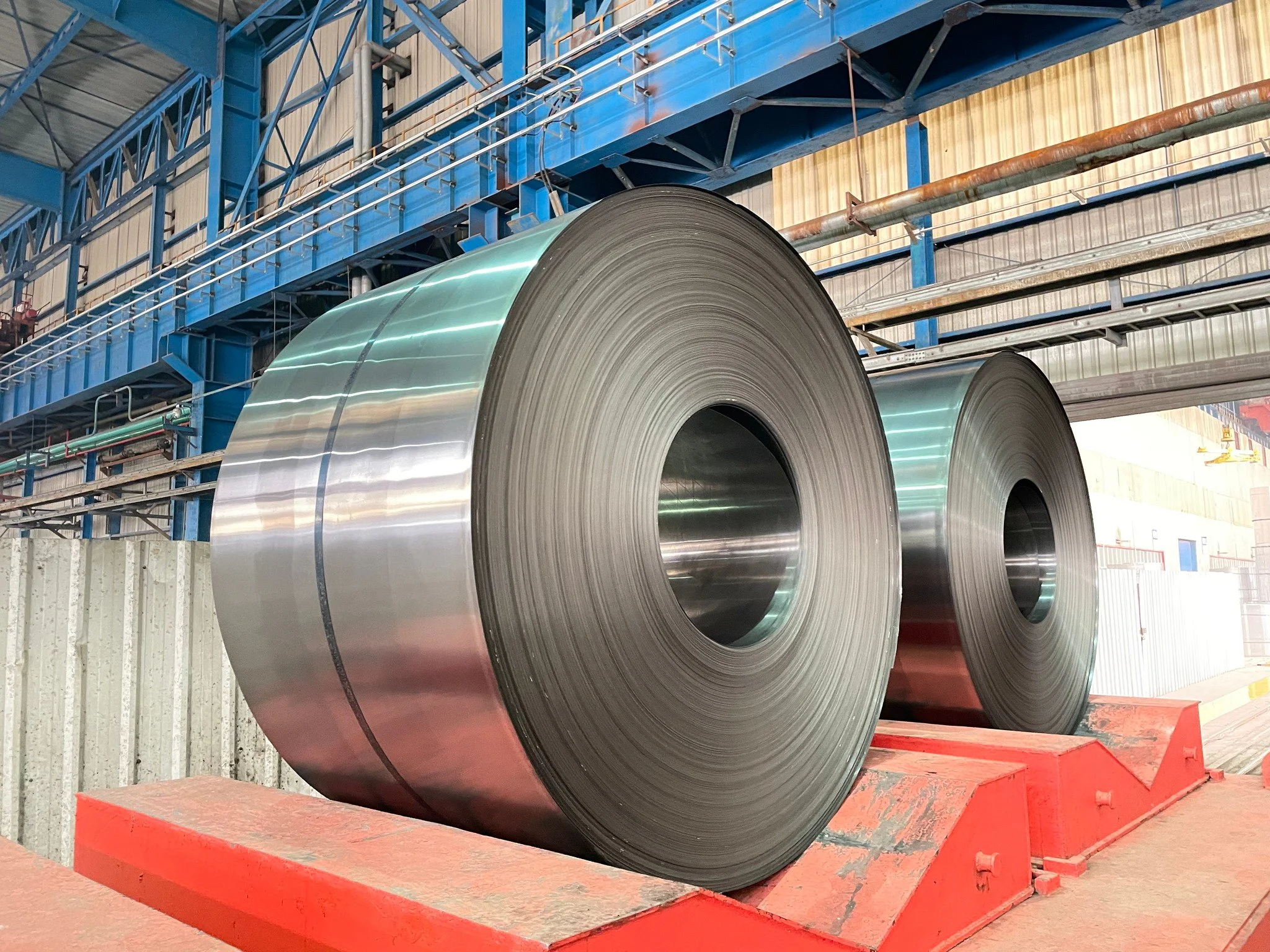Unveiling the Distinctions: Biological Catalysts vs. Chemical Catalysts
3 min read
Catalysts play a pivotal role in accelerating chemical reactions, enabling the efficient production of various substances. Within the realm of catalysts, two prominent types exist: biological catalysts and chemical catalysts. While both serve the purpose of enhancing reaction rates, they differ significantly in their nature, mechanisms, and applications. In this article, we delve into the depths of these catalysts, exploring their dissimilarities and shedding light on their unique characteristics.
- Nature and Origin:
Biological Catalysts:
Biological catalysts, also known as enzymes, are intricate protein molecules that facilitate biochemical reactions within living organisms. They are produced by cells and are highly specific in their action, catalyzing reactions under mild conditions.
Chemical Catalysts:
Chemical catalysts, on the other hand, are typically inorganic or organic substances that are not derived from living organisms. They can be metals, metal oxides, or complex organic compounds. Chemical catalysts are designed to promote reactions in various industrial processes.
- Structure and Specificity:
Biological Catalysts:
Enzymes possess a well-defined three-dimensional structure, with a specific active site that binds to the reactant molecules, known as substrates. This specificity allows enzymes to catalyze specific reactions with high efficiency, often exhibiting remarkable substrate selectivity.
Chemical Catalysts:
Chemical catalysts lack the intricate structure of enzymes and generally do not exhibit the same level of specificity. They interact with reactant molecules through surface interactions, providing an alternative reaction pathway with lower activation energy.
- Reaction Conditions:
Biological Catalysts:
Enzymes operate under mild conditions, typically within a narrow range of temperature and pH. They are highly sensitive to changes in environmental factors, and even slight deviations from their optimal conditions can significantly impact their activity.
Chemical Catalysts:
Chemical catalysts are more robust and can withstand a broader range of reaction conditions. They can function under high temperatures, extreme pressures, and varying pH levels, making them suitable for diverse industrial applications.
- Catalytic Mechanisms:
Biological Catalysts:
Enzymes employ various catalytic mechanisms, including acid-base catalysis, covalent catalysis, and metal ion catalysis. They often utilize specific amino acid residues within their active sites to facilitate reactions, promoting the formation of transition states and lowering the activation energy.
Chemical Catalysts:
Chemical catalysts operate through mechanisms such as adsorption, desorption, and surface reactions. They provide an alternative reaction pathway by stabilizing transition states or altering the reaction's kinetics, ultimately reducing the energy barrier for the reaction to occur.
- Applications:
Biological Catalysts:
Enzymes find extensive applications in industries such as food and beverage, pharmaceuticals, biofuels, and biotechnology. They enable the production of specific compounds, synthesis of complex molecules, and degradation of organic matter, among other essential processes.
Chemical Catalysts:
Chemical catalysts are widely employed in the petrochemical, automotive, and manufacturing industries. They facilitate reactions involved in the production of fuels, polymers, chemicals, and other industrial products, enhancing process efficiency and reducing energy consumption.
Conclusion:
In summary, biological catalysts and chemical catalysts differ significantly in their nature, structure, specificity, reaction conditions, catalytic mechanisms, and applications. Enzymes, as biological catalysts, exhibit remarkable specificity and operate under mild conditions, while chemical catalysts are more versatile and robust. Understanding these distinctions is crucial for harnessing their potential in various fields, driving innovation, and advancing industrial processes.



